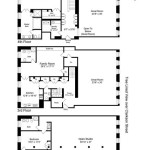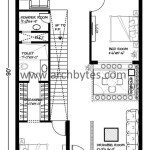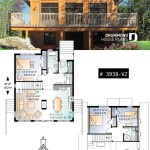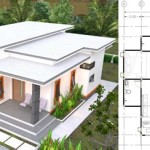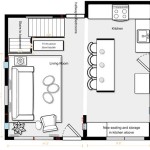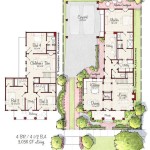Housing Site Plans: A Foundation for Successful Neighborhoods
A housing site plan is a detailed blueprint that serves as the foundation for developing housing projects, whether they be single-family homes, multi-family complexes, or entire neighborhoods. This plan outlines the layout of individual units, shared spaces, and infrastructure within a designated area. Housing site plans play a crucial role in ensuring the functionality, aesthetics, and sustainability of residential communities. ### Why Are Housing Site Plans Important? 1.Efficient Land Utilization:
Housing site plans enable efficient land use by optimizing the placement of buildings and infrastructure within the available space. This careful planning minimizes land waste and ensures maximum utilization. 2.Functional Layout:
A well-conceived housing site plan creates functional and livable communities. It considers factors such as traffic flow, pedestrian accessibility, and proximity to essential amenities, fostering a sense of connectivity and convenience for residents. 3.Harmonious Aesthetics:
Housing site plans contribute to the overall aesthetics of a neighborhood. By incorporating landscaping, green spaces, and architectural styles that complement the surrounding environment, these plans enhance the visual appeal and create a sense of place. 4.Sustainable Communities:
Housing site plans can incorporate sustainable design principles, such as energy-efficient building materials, rainwater harvesting systems, and green roofs. This focus on sustainability promotes eco-friendly living and reduces the environmental impact of housing developments. 5.Legal Compliance:
Housing site plans must adhere to local zoning regulations, building codes, and environmental standards. These plans ensure that housing projects comply with applicable laws and regulations, avoiding costly delays or legal issues during construction. ### Key Elements of a Housing Site Plan 1.Plot Layout:
The plot layout defines the location and orientation of individual housing units within the development. It considers factors like lot size, setbacks, and building footprints to optimize space utilization and create a cohesive layout. 2.Road Network:
Housing site plans include a comprehensive road network that ensures efficient traffic flow and accessibility for residents and emergency services. The design should prioritize safety, connectivity, and ease of navigation. 3.Public Spaces:
Housing site plans incorporate public spaces, such as parks, playgrounds, and communal areas, to promote social interaction, recreation, and a sense of community among residents. 4.Infrastructure:
The plan includes the layout of infrastructure systems, including water supply, sewage disposal, electricity distribution, and telecommunications networks, ensuring reliable and efficient services for residents. 5.Landscaping:
Landscaping plays a vital role in enhancing the aesthetic appeal and livability of housing developments. Housing site plans incorporate landscaping elements like trees, shrubs, and gardens to create a visually appealing and sustainable environment. ### The Process of Creating a Housing Site Plan 1.Feasibility Study:
The process begins with a feasibility study to assess the suitability of a site for housing development. Factors such as land availability, zoning regulations, and environmental conditions are evaluated. 2.Concept Design:
Architects and planners develop a concept design based on the feasibility study. This initial design outlines the overall layout, building placement, and circulation patterns of the housing project. 3.Detailed Design:
The concept design is refined into a detailed design that includes specific dimensions, materials, and construction methods. This detailed plan serves as the blueprint for the construction phase. 4.Approval and Permitting:
The housing site plan undergoes a review and approval process by local authorities to ensure compliance with regulations and zoning requirements. Once approved, permits are issued for construction to commence. ### Conclusion Housing site plans are essential tools in shaping livable and sustainable communities. They lay the foundation for well-planned residential developments that optimize land use, promote functional living, and contribute to the overall aesthetics and sustainability of neighborhoods. By considering factors such as efficient layout, public spaces, infrastructure, and landscaping, housing site plans create thriving environments where residents can live, work, and thrive.
Site Plans What They Are And How To Create One

Importance Of A House Plan Site Layout

Residential Site Plans What To Include And How Draw Them Cedreo

Flats Housing Residential Projects Property In Raj Nagar Extension

Housing Site Development Plan

3d Site Plans Examples And Ideas

Robert B Teska Collection Site Planning And Housing City Landscape Architecture Virtual Library U Of I

Detailed Site Plan Residential Commercial Plans My

Site Plan Ramsons Org Huda Affordable Housing In Gurgaon

Bridger View Redevelopment Plan Bozeman Mixed Income Housing Evolve Ea

